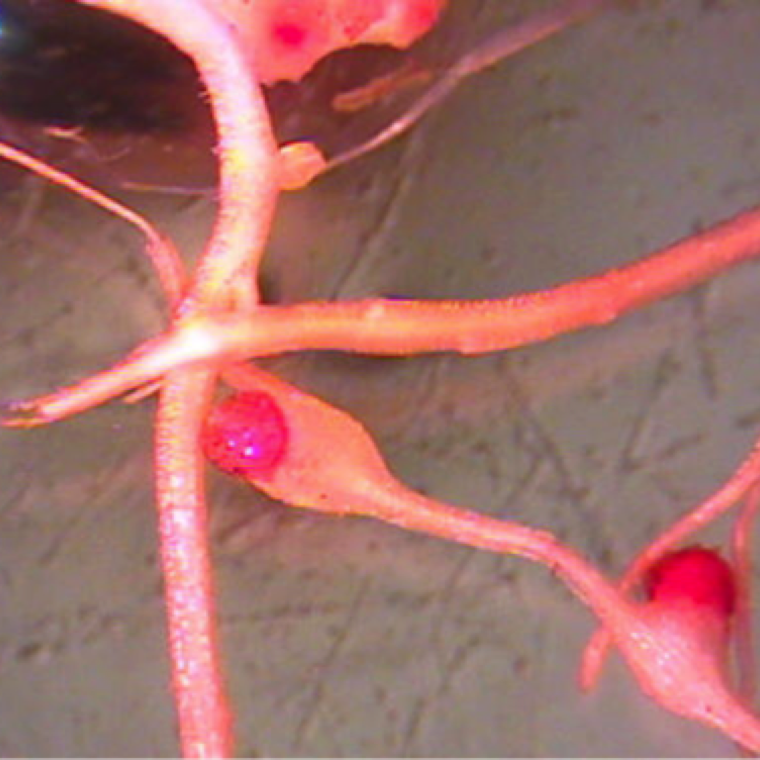

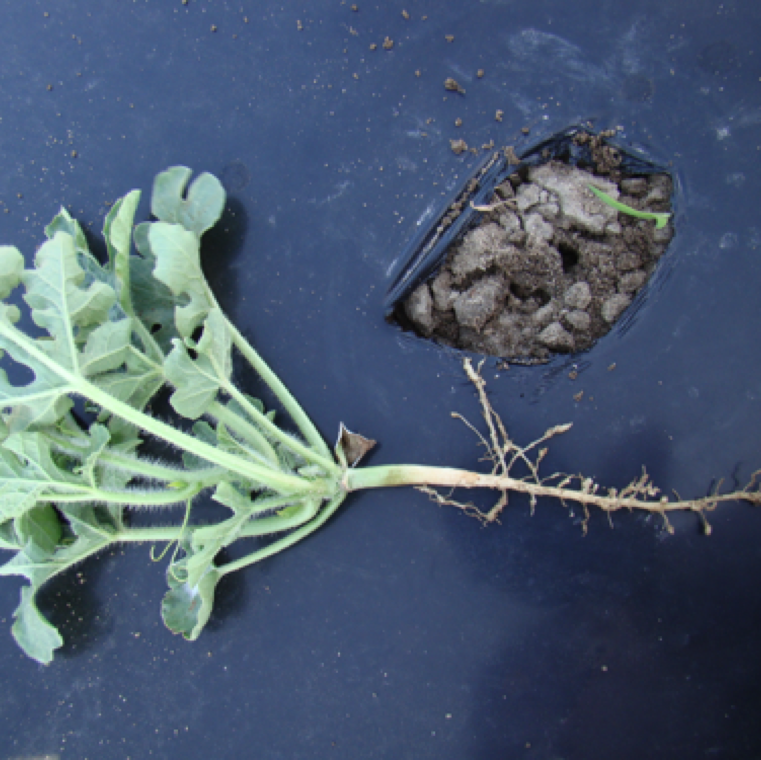
Early loss of seedling vigor could be due to root knot nematodes as in this scenario. The plants can wilt under high levels of root knot nematodes soon after transplanting.
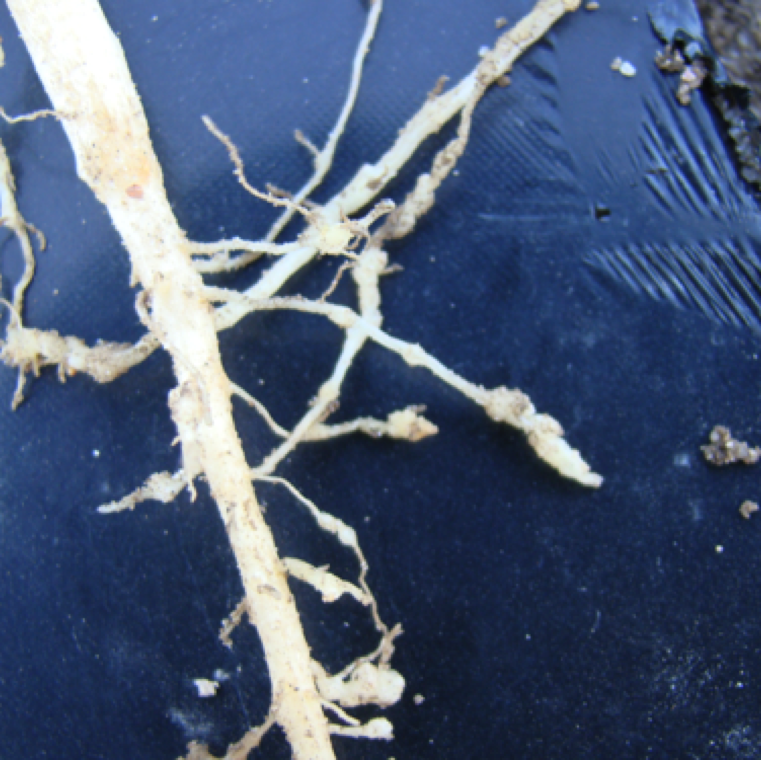
Careful examination of the roots will show small, medium and large galls which is the characteristic symptom of the infection from the nematode species.
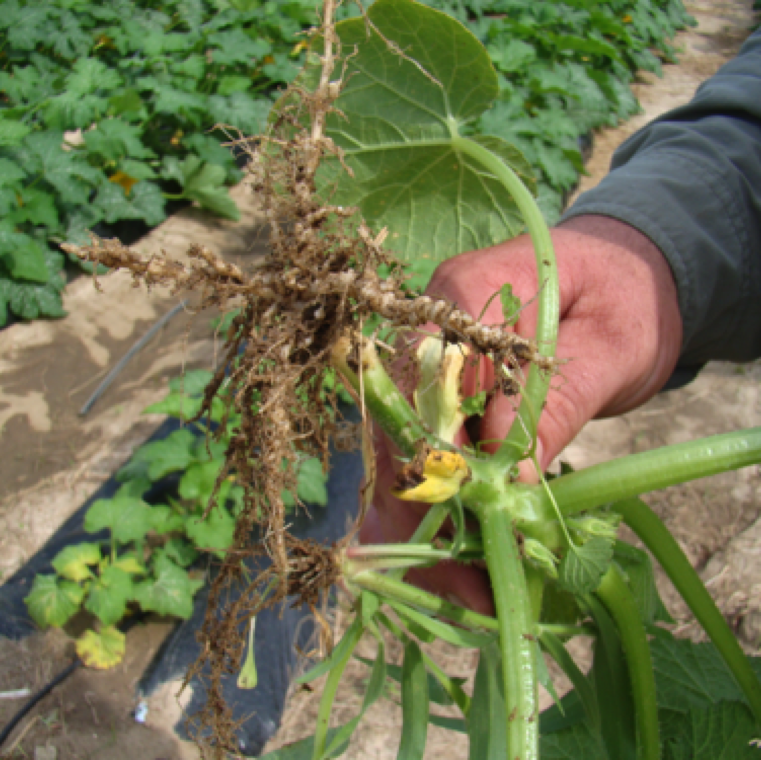
A severely infected planting bed (background) with yellowing and stunting of squash plants. The pulled plants had heavy galling indicating root knot nematode damage.
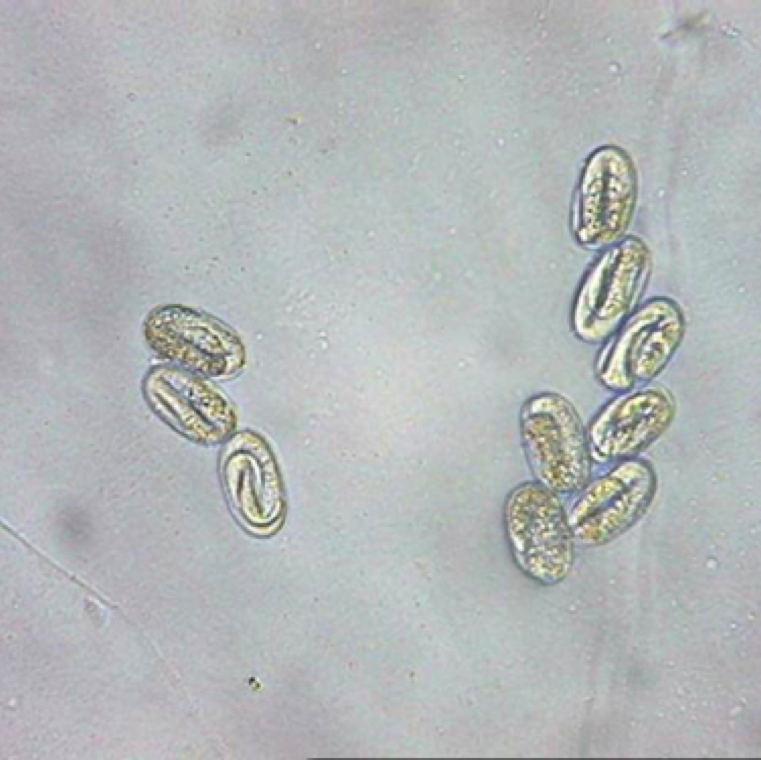
The first stage juveniles (J1) inside the egg. The infective and migratory second stage juveniles (J2) subsequently hatches from the egg, gets attracted to growing roots and feeds.
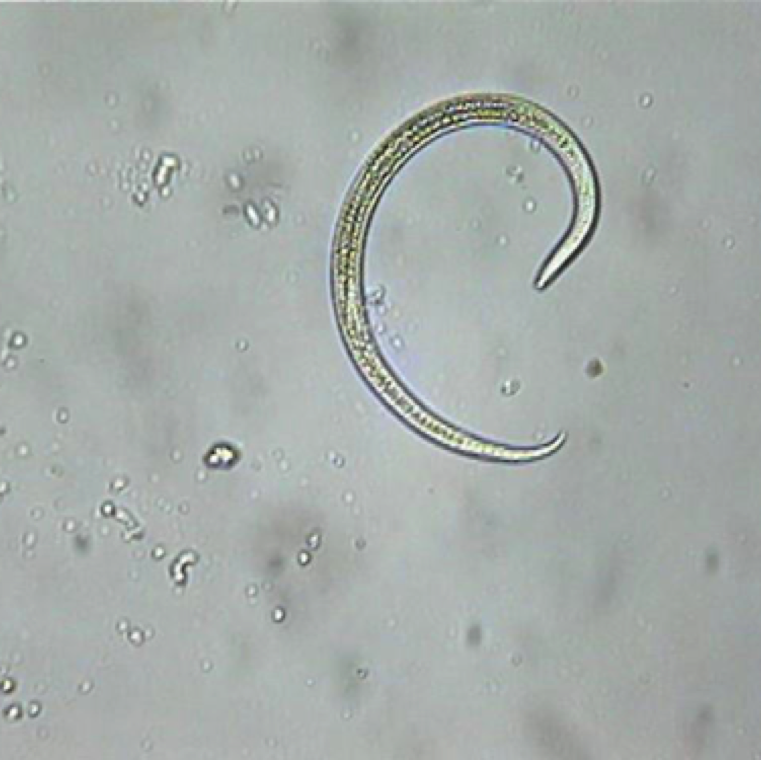
The J2 develops into swollen third stage (J3) and fourth stage (J4) juveniles in the roots. This subsequently develops into a male adult shown in the picture or a female.
ROOT KNOT
Nematode causal agent: Meloidogyne spp.
Cucurbit diseases

